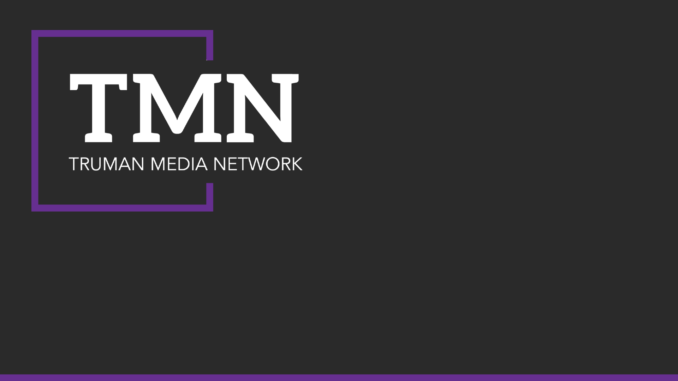
Following the addition of “Avatar: The Last Airbender” to Netflix in May — in the midst of quarantine and on the verge of summer vacation — old fans rediscovered the show that shaped their childhoods, while new fans experienced the definitive adventure for the first time. This duo of nostalgia and discovery set the stage for “The Legend of Korra”’s anticipated arrival to the streaming platform Aug. 14.
Following “Avatar,” a show revered by many to be one of the greatest in children’s animation, Nickelodeon’s “The Legend of Korra” had high expectations to live up to. With fans still reeling from the critical failure of 2010’s “The Last Airbender” film, viewers across all ages were pining for a more appealing taste of the “Avatar” world.
In mid-2012, fans received the first season of “Korra,” a decidedly different kind of show than their beloved “Avatar.” Collectively titled “Book One: Air,” this first season of twelve episodes follows Avatar Korra, who begins her story having already mastered three of the four elemental bending techniques — mastery of all four being the duty of the Avatar. Korra must, with the help of a diverse ensemble cast, defeat the masked terrorist Amon. The leader of a group of non-benders known as the Equalists, Amon aims to incriminate the element benders of society and effectively “equalize” the populace of Republic City.
Like the show, Korra is a decidedly different protagonist than Aang, the titular “last airbender” from “Avatar.” Where Aang was a naive twelve-year-old boy initially unsure of his destiny as the Avatar, Korra is confident in her bending abilities to the point of arrogance. That arrogance manages to land her in a number of sticky situations throughout the first few episodes, a trope that actively made me begin to dislike her as a lead. It doesn’t help that she quickly entangles herself in a by-the-numbers love triangle, which moves the viewer toward apathy rather than concern for the outcome.
A pivotal conflict in this first season is Korra’s uncertainty with her ability to live up to the Avatar name, especially concerning her role as Aang’s successor. This uncertainty bubbles to the surface as the season progresses, upturning Korra’s faux confidence and allowing her to become a much more substantial character.
The story benefits from this conflict as well, which is where “Korra” truly thrives. Overall a much smaller drama than the world-ending heights attained by “Avatar,” the show establishes a tight pace that keeps things moving without a hiccup. The humor is witty and quick, and I found myself laughing often.
For the most part, the ensemble cast is strong, and, through sharp dialogue, allows Korra to grow into a far more agreeable protagonist as the season moves along.
The voice acting is also impeccable throughout, starring veterans of the craft along with Hollywood big shots like J.K. Simmons and Rami Malek.
“Korra”’s paramount achievement is its breathtaking animation. The show employs clean and vibrant two-dimensional characters against gorgeously painted backdrops, and grounds its world in an impressive blend of styles. Not enough can be said for the animators’ success in this area.
By the end of its twelve-episode run, “The Legend of Korra: Book One” had me eager to see where the show might go next, and I was left impressed by the risks the showrunners took and pleased with the direction of its lead character. “Korra” succeeded at something important: it made me want more.
